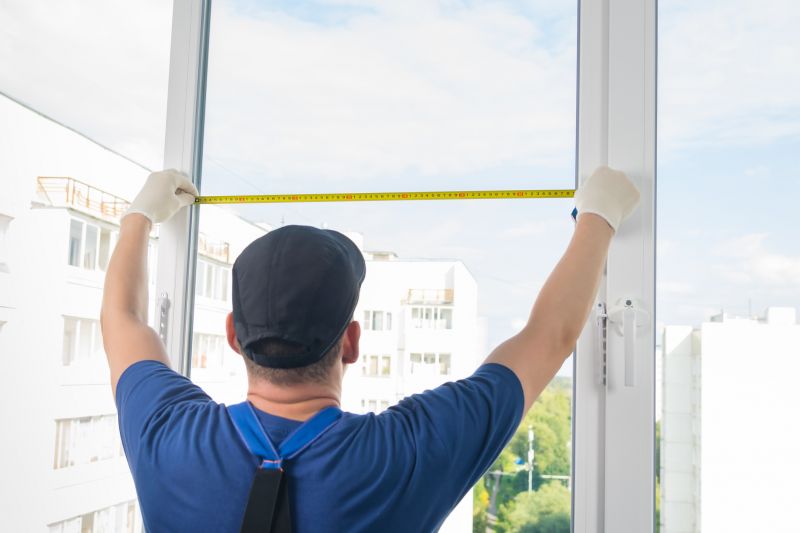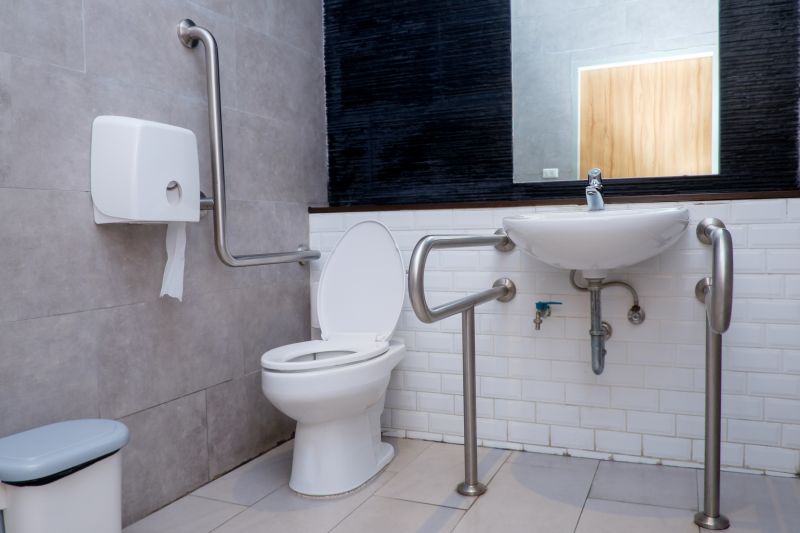Optimal Timing for Windows Installations
Choosing the right time for Windows installations can impact the efficiency and success of the process. Factors such as system readiness, workload schedules, and environmental conditions influence the optimal window for performing installations. Proper timing minimizes disruptions and ensures compatibility with other scheduled updates or maintenance activities.
Ensure hardware and software prerequisites are met before scheduling an installation to avoid delays.
Perform installations during times of minimal user activity to reduce operational impact.
Coordinate with planned maintenance periods for smoother implementation.
Choose times with stable power and optimal network connectivity for successful installations.

Assess hardware and software readiness before scheduling Windows installations.

Identify low-traffic periods for performing updates to minimize impact on users.

Select times with reliable power and network conditions for successful installation.

Ways to make Windows Installations work in tight or awkward layouts.

Popular materials for Windows Installations and why they hold up over time.

Simple add-ons that improve Windows Installations without blowing the budget.

High-end options that actually feel worth it for Windows Installations.

Finishes and colors that play nicely with Windows Installations.
| Aspect | Best Practice |
|---|---|
| System Readiness | Verify hardware compatibility and backups before scheduling. |
| Time of Day | Opt for late-night or early-morning hours when usage is low. |
| Maintenance Schedule | Coordinate with existing system maintenance windows. |
| Network Conditions | Perform installations when network traffic is minimal. |
| Environmental Factors | Ensure stable power supply and minimal interruptions. |
| Compatibility Checks | Align with other updates to prevent conflicts. |
| User Notifications | Inform users in advance about scheduled installations. |
| Post-Installation Testing | Allow time for testing and validation after installation. |
Windows installations are critical for maintaining security, improving performance, and ensuring compatibility with new applications. Proper timing can prevent disruptions and reduce the risk of errors during the process. Regular updates and strategic scheduling contribute to a stable and efficient computing environment, especially in business or organizational settings.

A visual overview of the steps involved in installing Windows updates.

Images depicting stable power sources and network setups.

Screenshots of system readiness checks and backup procedures.

Visuals of system validation and performance monitoring.

Little measurements that prevent headaches on Windows Installations day.

A 60-second routine that keeps Windows Installations looking new.

A frequent mistake in Windows Installations and how to dodge it.

Small tweaks to make Windows Installations safer and easier to use.
Scheduling Windows installations thoughtfully ensures minimal disruption and maximizes system performance. It is recommended to plan updates during periods of low activity and to verify all prerequisites beforehand. Proper preparation and timing are essential for a successful installation process.
Interested in scheduling Windows installations? Fill out the contact form to get started.

